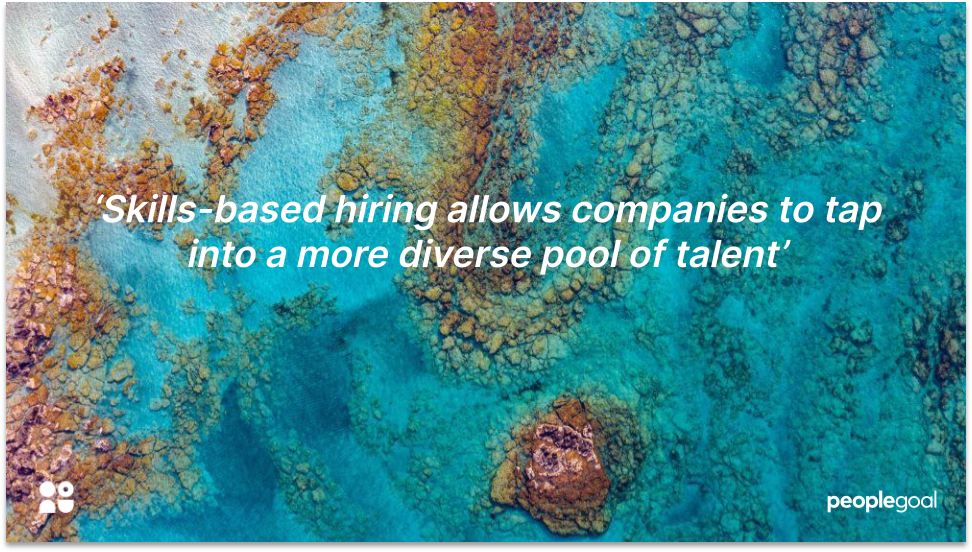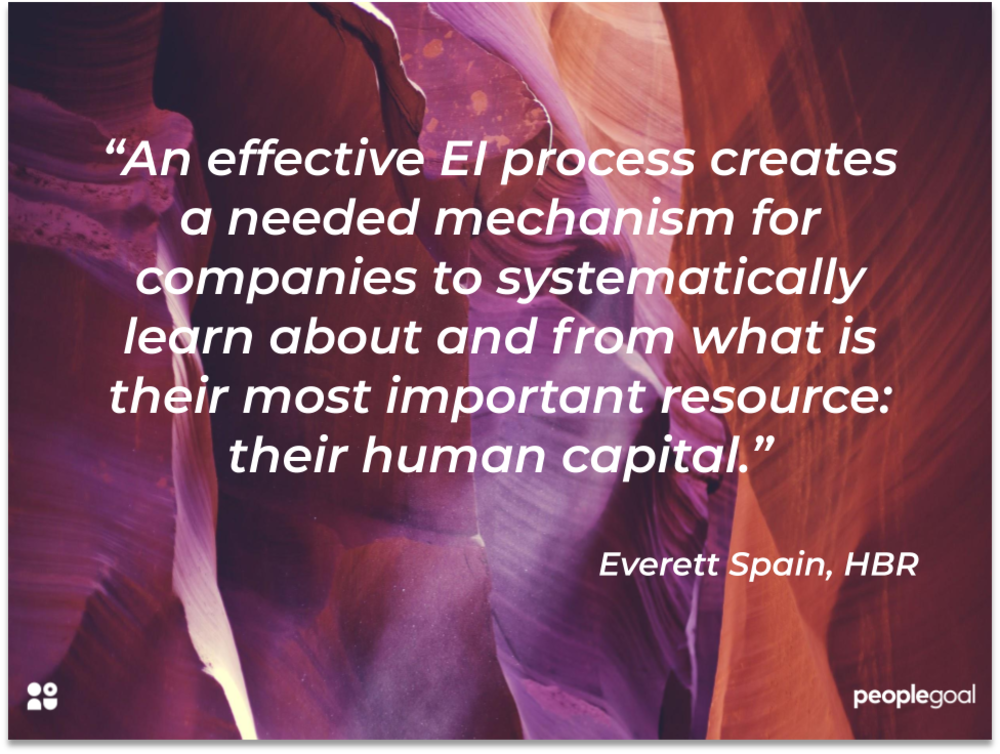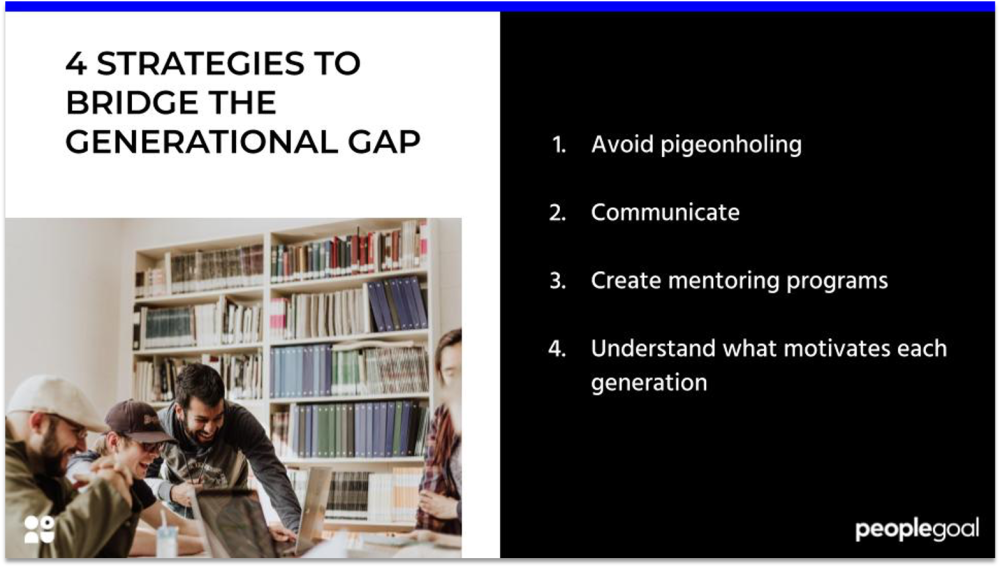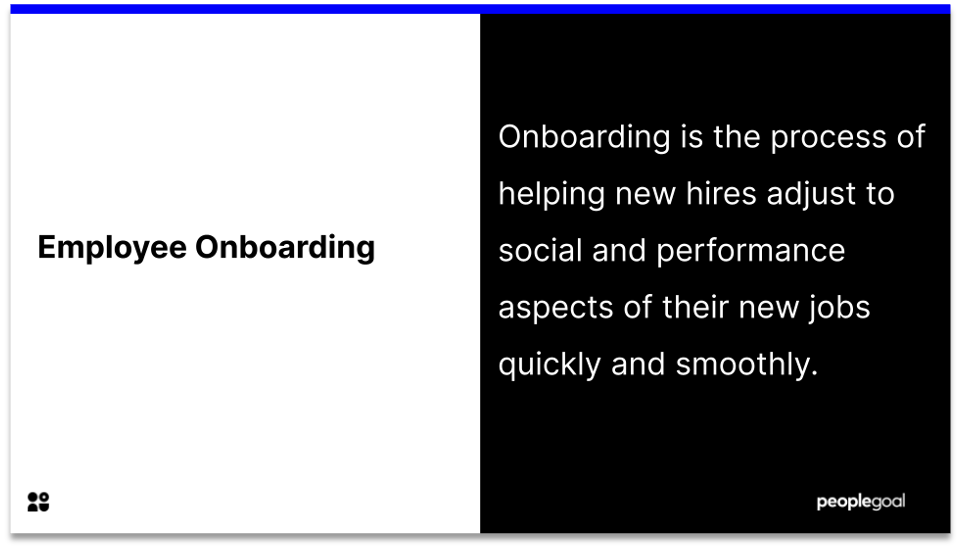Putting professional development in the employee’s hands is a big factor in boosting employee engagement, self-motivation and giving someone a sense of purpose within the organization. Individuals should be building the skills to advance their own career and to adapt to a rapidly changing work environment. Getting company support is crucial to doing that successfully. Drive your self-development culture by helping your workforce to design an individual employee development plan.
As Deloitte uncovered in their annual survey, "leading organizations are shifting toward a model that empowers individuals to acquire valuable experiences, explore new roles, and continually reinvent themselves. However, 59 percent of our survey respondents rate their organizations as not effective or only somewhat effective at empowering people to manage their own careers."
As high employee turnover rates become an increasing problem for almost all businesses, management should take every opportunity to focus on internal skills development. It takes much longer – and is far more expensive – to hire externally than to promote from within. And amazingly, 94% of employees would stay at a company longer if it invested in their careers.
The individual employee development plan is a great way to encourage self-development and to offer the support and resources needed to grow great leaders. Show employees that the company supports their development and you won’t lose that talent to other organizations.
The same LinkedIn report highlighted that 68% of employees prefer to learn at work. When the company supports employee efforts to develop themselves within work time, employees are engaged and feel valued, and they’re far more likely to keep those skills within the organization.
These are the key steps employees should be looking at to take the lead on building their own individual employee development plan.
1. Establish the baseline
Document what your responsibilities are in your current role and where your priorities lie. An effective development plan is going to complement your existing work; it definitely shouldn’t be seen as an "after-work" activity or you’ll never be able to make the time to focus on it. Use your job description as a start, and collaborate with your manager to understand the business goals you’re supporting and what the organization is planning for the future. This will help you to see where your own development fits in and where the company can offer support. Even if you’re performing amazingly in your current responsibilities, everyone has unique skills and areas to improve that would push them to an outstanding level.
Identify your current strengths. It’s a great way to map out your skills profile and get you thinking about where the gaps are. If you struggle with this, take look at the feedback you’ve received from your colleagues – they’re often much better at describing our strengths objectively than we are.
2. Identify your development goals
Firstly, think about where you want to go in your own career. What are the burning issues that you want to tackle in order to jump confidently into a new role? Look at the job descriptions a few levels above you – what are the skills you’d need to develop to be great at that job? If you want to get really in-depth, set aside time with mentors and senior leaders. Uncover how they view their work and ask what helped them to get to where they are.
Then work with your manager to design 3-5 development goals. These should include a good mix of personal growth, skills development, relationship building and leadership opportunities. Remember to be realistic about the time you have and keep your goals focused internally as much as possible. The development plan is not separate from your day to day responsibilities.
Managers, make time to share your knowledge. According to LinkedIn’s Workplace Learning report, 56% of employees would take a manager suggested course. Your direct reports are looking to your experience to guide them in the right direction.
3. Break down development goals into action steps
The individual development plan is all about action. Breaking goals down into action steps lets you document the stepping stones to achievement, and helps you to be realistic about the time and effort each goal requires. Action steps are also good for identifying the internal resources the company can support you with, whether that’s training courses, research tools or expert knowledge in other departments.
4. Track your progress
Don’t fall into the trap of setting aside your development plan to focus only on your day to day work. You’ll miss out on opportunities to stretch yourself and get ahead of the competition when a new position opens up. Schedule action step deadlines in your calendar, especially if they involve collaborating with colleagues or attending training courses.
Tracking your progress is where your manager can really step in to support and guide you. Schedule regular check-ins to discuss the development goals and ask, are you on the right track? Are you getting the support you need? Be proactive about this! Driving your own career progression is a rewarding activity in itself, but taking that responsibility also shows off your leadership capabilities to the wider organization.
Sample Individual Development Plan
Amy is a junior salesperson looking to take the next step in her career within a year. She and her manager identified Amy’s signature strengths: she’s super organized in setting up the sales cycle and following it through. She’s also great with her clients one-on-one. She has good feedback from her colleagues who’ve highlighted that she’s a team player. Together, Amy and her manager documented these strengths and noted the key responsibilities of her current role.
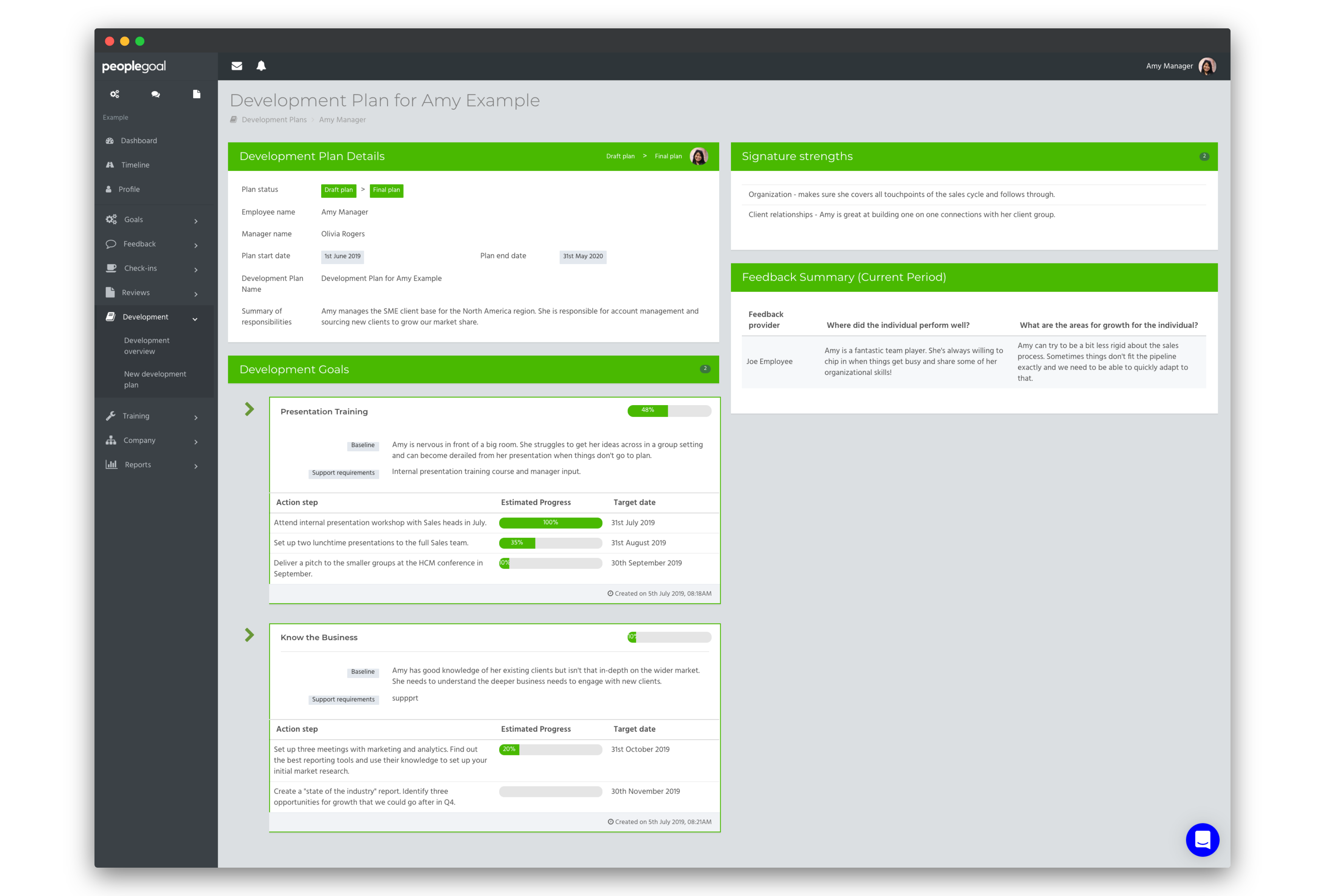
They decided on two development goals to start building her skills for a more senior role over the next six months, with relevant action steps for each goal.
Goal 1 – Amy needs to practise pitching to bigger organizations, so she’ll take advantage of the internal presentation training courses the company offers. She’ll also set up some low-pressure lunchtime presentations to her colleagues, then put those skills to use by delivering pitches to small groups at an industry conference.
Goal 2 – Amy wants to learn more about the wider market. The company has an excellent marketing and analytics team who are happy to share their knowledge and research tools. After spending time with them she’ll be able to ask deeper questions from her existing clients to really get to know their business. And finally, she’ll create her own industry report identifying market gaps that she’d like to go after as a Sales Manager.
Want to get right to it? Create an individual development plan on PeopleGoal! You can sign up for a free trial without adding a credit card.
Ready to 3x Your Teams' Performance?
Use the best performance management software to align goals, track progress, and boost employee engagement.


